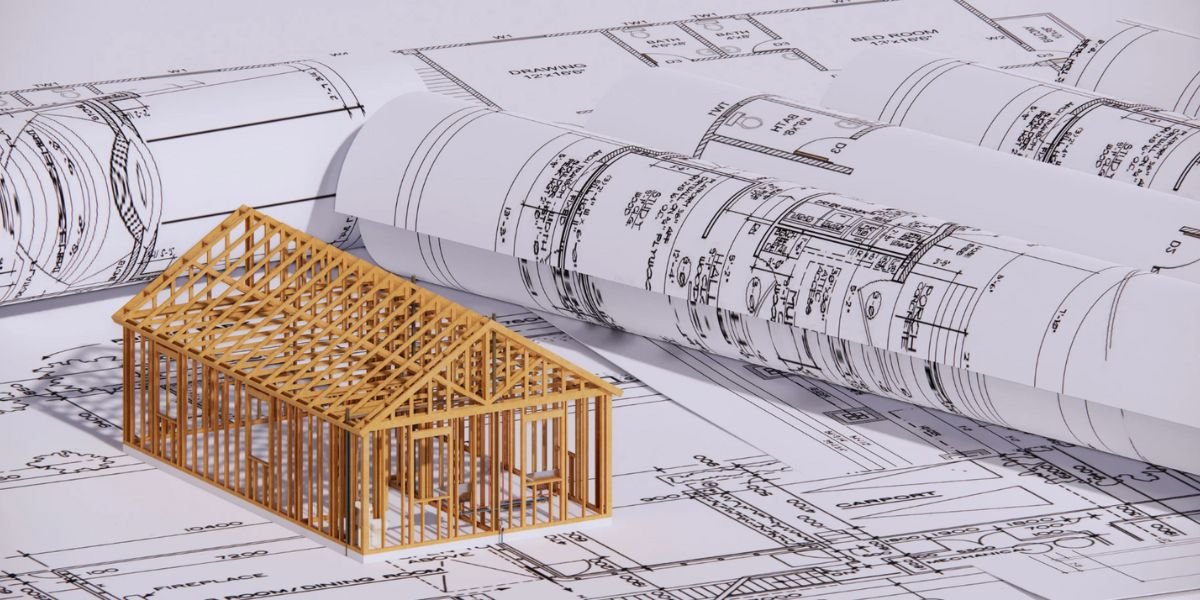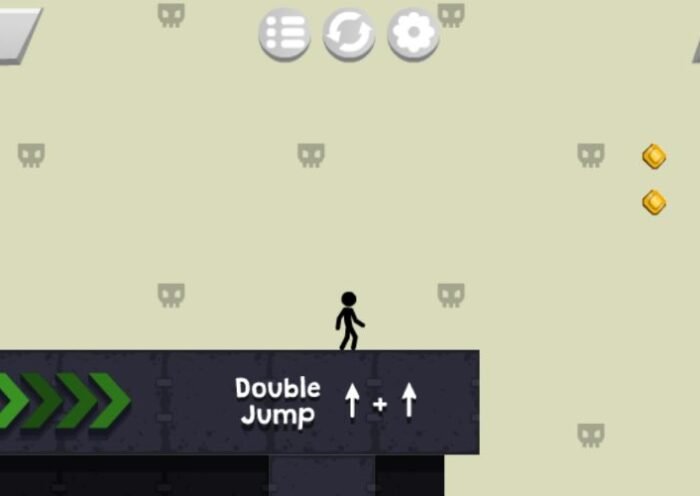
What is the Difference Between CAD Design and CAD Drafting?
Computer-aided design (CAD) turns ideas into engineering, architecture, and manufacturing realities. Yet, numerous people must comprehend CAD drafting for CAD design. Each is important to the CAD system. This blog will describe the differences between CAD design and CAD drafting services and define each value across different industries, including mechanical and drafting services.
What is CAD Design?
Using specialist software, CAD design entails producing comprehensive models and plans for a project. It is a procedure where an idea or concept is evolved into a thorough design at the beginning. CAD designers are responsible for converting rough sketches into comprehensive designs so that every part of the project is well thought out.
Principal Duties of a CAD Designer
Conceptualization and Planning: Conceptualization is the first step CAD designers take from an idea or concept to a detailed plan. For this, collaboration with clients and other stakeholders, creativity, and research are all necessary, especially when considering compliance with Title 24 energy efficiency standards.
3D Modeling: Designers use CAD software to create three-dimensional models of the finished product design. These models are essential for project visualization and early detection of potential issues.
Simulation and Testing: CAD designers frequently test their designs using software to ensure they work as intended. This enables the earlier detection and solution of issues during the design stage.
Association: CAD designers work with architects, engineers, and other professionals to ensure the design fulfills all needs.
Tools Used in CAD Design
CAD designers create their designs using various software programs. AutoCAD, SolidWorks, and Revit are the most well-known CAD design programs. These tools allow designers to develop elaborate strategies, blueprints, and detailed 3D models.
What is CAD Drafting?
CAD drafting entails creating technological illustrations and blueprints derived from the designs made by CAD designers. Drafters create 2D drawings from 3D models and designs for construction, manufacturing, and other areas. They are essential to ensuring that designs are transformed into functional instructions.
Main Responsibilities of a CAD Drafter
Technological Drawing Design: CAD drafters deliver detailed technological drawings and blueprints utilizing the designs provided by CAD designers. These mechanical design and drafting services are crucial for building and production.
Detailing and Annotation: Drafters provide measurements, materials, and other parameters in the drawings’ details. This guarantees that the production process has all the information it needs.
Quality Control: CAD drafters examine and edit drawings to guarantee accuracy to industry standards. They collaborate closely with engineers and designers to correct any differences.
Documents: Drafters organize and maintain all project documents to ensure that all plans and drawings are current and readily available.
Tools Used in CAD Drafting
CAD drafters also use technical software to create their designs. MicroStation, DraftSight, and AutoCAD are rare standard drafting software programs. With these tools, drafters can create authentic, complete technical drawings that adhere to industry standards.
Association between CAD Design and CAD Drafting
Although they are two separate procedures, CAD design and CAD drafting are closely connected. Designers and drafters must work together seamlessly for a project to be successful, and their roles are complementary.
Idea to Reality: CAD drafters turn these comprehensive designs into technical drawings, and CAD designers turn ideas into detailed designs. This guarantees the project’s transition from the conceptual to the production phases.
Accuracy and Precision: While drafters reliably describe every detail in the technical drawings, CAD designers focus on the overall design and functioning. This cooperation guarantees accuracy and reduces mistakes.
Efficiency: By collaborating, drafters and designers can spot problems early on and fix them, saving money and time.
When Should You Employ A CAD Designer For Your Next Project?
Concept Development: If you need help turning an idea or concept into a thorough design, hire a CAD designer. They will assist you in bringing your ideas to life and developing a comprehensive plan.
3D Modeling: A CAD designer is necessary for projects that require 3D models, simulations, and testing. Thanks to their abilities and resources, they can produce intricate 3D models of your project.
Complex Projects: A CAD designer can guarantee that every detail is well planned and carried out for complex projects that require extensive planning and design.
Final Words
The CAD procedure has two critical phases: CAD design and CAD drafting. Each step plays a unique part in turning ideas into reality. While CAD drafters ensure that these designs are appropriately reflected in technical drawings, CAD designers concentrate on creativity and producing detailed designs. Knowing how these responsibilities differ and when to engage each expert can guarantee the success of your project, especially in mechanical design and drafting services.



